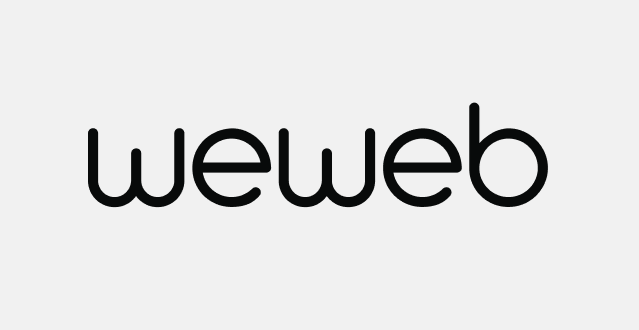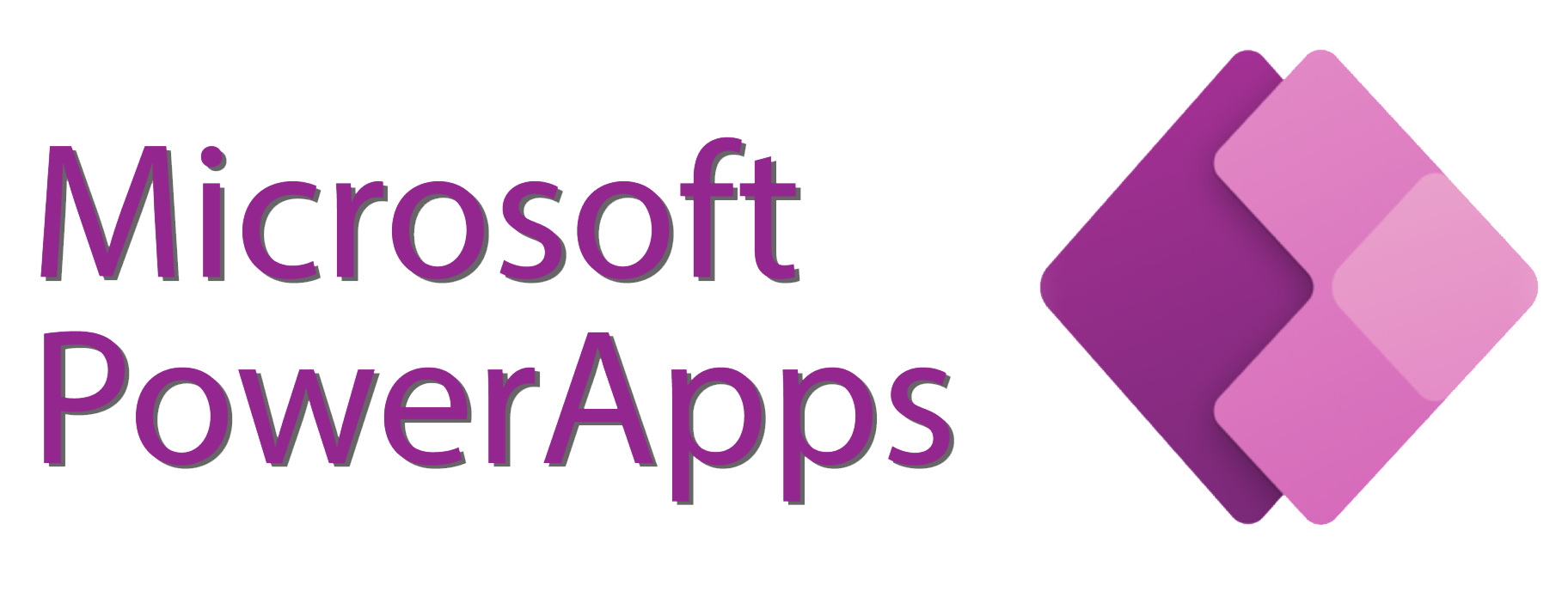

Why Kreante is Embracing LowCode Development Solutions
Published on December 20, 2024
· 8 minute read
What is Low-Code Development?
Definition of Low-Code Development
Low-code development is a transformative approach to software development that empowers users to create applications with minimal coding expertise. By utilizing visual development environments, drag-and-drop interfaces, and pre-built components, low-code platforms streamline the development process. This makes app development accessible to business users, citizen developers, and experienced developers alike. These platforms enable rapid application development while reducing the need for extensive coding knowledge, fostering innovation and agility in organizations.
Low-code platforms provide many benefits, including democratizing app development by reducing technical barriers. This approach allows businesses to respond swiftly to market changes, accelerating development cycles and reducing dependency on traditional development methods.

Why LowCode, Why Now?
The adoption of low-code development solutions is not just a trend but a strategic response to evolving demands in the tech landscape. Today’s businesses require rapid delivery of digital solutions, competitive edge in dynamic markets, and robust software development practices. Low-code platforms provide the agility to meet these needs effectively.
Low-code development supports digital transformation by enabling developers to build applications faster, adapt to changes more efficiently, and scale applications without traditional complexities. By embracing low-code, organizations can streamline their workflows, reduce development costs, and focus on core business logic.
How Kreante Uses LowCode: Real-World Applications
Kreante leverages low-code platforms to address diverse business needs, delivering customized solutions in various contexts. Here are some of our frequent applications:
Landing Pages
Purpose: Product launches, event promotions, and lead generation.
Impact: Quickly deploy responsive and visually appealing pages to capture user engagement.
Workflows
Purpose: Automating employee onboarding and order fulfillment processes.
Impact: Enhanced efficiency and accuracy through workflow automation.
Data Collection Forms
Purpose: Collecting customer feedback, event registrations, and lead capture.
Impact: Simplified data management and actionable insights.
Client Portals
Purpose: Providing secure access for financial services or real estate clients.
Impact: Improved client experience with tailored solutions.
Online Communities
Purpose: Building social networking platforms.
Impact: Fostering engagement and collaboration among users.
Marketplaces
Purpose: Developing e-commerce platforms.
Impact: Seamless transactions and user-friendly interfaces.
Mobile and Web Applications
Purpose: Cross-platform development and responsive web applications.
Impact: Faster delivery of mobile apps and web apps with consistent performance.
Benefits of Low Code Platforms
Speed: LowCode platforms significantly reduce development time by offering a visual interface with drag and drop functionality that allows our developers to build applications without writing code from scratch. This efficiency enables us to deliver solutions faster, ensuring our clients can stay ahead in their respective markets.
Cost-Efficiency: By minimizing manual coding, LowCode reduces development costs. This savings is clearly beneficial for all small to big-sized businesses and corporations that need high-quality applications without the high price tag.
Flexibility: LowCode platforms provide exceptional flexibility with data integration, enabling us to develop a wide range of custom applications—from client portals and websites to sales CRM systems and internal tools for workflow automation. This flexibility also allows us to easily adapt and update these applications as our clients’ needs change over time. Additionally, LowCode platforms enable citizen developers to focus on the business logic of their applications, aligning app development with specific business needs.
Collaboration: These platforms are designed to be user-friendly, which means non-developers can also participate in the development process, fostering better collaboration between our team and our clients.
Security: LowCode platforms often come with built-in security features that help protect applications from common vulnerabilities. These platforms typically include automated security updates, compliance with industry standards, and data encryption, ensuring that sensitive information is safeguarded. By leveraging these built-in security measures, we can focus on developing robust applications while maintaining high security standards, reducing the risk of breaches and ensuring compliance with regulatory requirements.
Choosing the Right Low-Code Platform
Effective Integration Services
When selecting a low-code platform, one of the critical factors to consider is its integration capabilities. A robust low-code platform should offer prebuilt integrations for widely used business applications, as well as the flexibility to create custom integrations. Effective integration services simplify the process of connecting your platform to various systems and datasets, ensuring seamless workflows and data consistency. This capability is essential for businesses looking to integrate new applications with their existing infrastructure, enhancing overall efficiency and productivity.
Mobile-First User Experience
In today’s digital landscape, ensuring a superior user experience on mobile devices is paramount. When choosing a low-code platform, prioritize those that offer a mobile-first user experience. A mobile-first approach means that the platform is designed with mobile devices in mind from the outset, eliminating the challenges associated with adapting designs and functionalities for mobile use. This approach ensures that applications provide a seamless and intuitive user experience across all devices, which is crucial for engaging users and maintaining high levels of satisfaction.
Reliable Security Features
Security is a top priority when selecting a low-code platform. The best low-code platforms come with built-in security and compliance features designed to minimize vulnerabilities and protect sensitive data. Look for platforms that offer robust security measures such as access control, data encryption, and auditing capabilities. These features ensure that your applications are secure and compliant with regulatory requirements, providing peace of mind and safeguarding your business against potential threats. Prioritizing a platform with a strong security architecture is essential for building reliable and trustworthy applications.
What Low Code Tools Are Most Commonly Used and Why?
At Kreante, we leverage several LowCode tools to maximize efficiency and effectiveness:
WeWeb: WeWeb is an excellent tool for building responsive web applications quickly. It offers a drag-and-drop interface, which makes it easy to create visually appealing and functional websites without deep technical knowledge. WeWeb is perfect for creating complex websites with dynamic content and custom interactions.

Xano: Xano is our go-to for backend development. It provides a robust, scalable backend as a service (BaaS) platform that allows us to build and deploy powerful APIs without managing servers. Xano's flexibility and scalability make it perfect for applications that require complex backend operations and integrations.

Flutterflow: Flutterflow is an ideal tool for mobile application development. It leverages the power of Flutter, enabling us to create cross-platform mobile apps with a single codebase. This tool is perfect for clients who need high-performance, visually appealing mobile applications quickly and efficiently.

Webflow: Webflow is a comprehensive tool for web design and development. It combines a visual design tool with the power of CMS and e-commerce capabilities, allowing us to create visually stunning, fully responsive websites with a high degree of customization without needing to write code.

Microsoft Power Apps: Power Apps is a powerful tool for building custom business applications with minimal coding. It's ideal for creating apps that integrate seamlessly with Microsoft 365, Azure, and other services. Power Apps allows us to quickly develop tailored solutions that automate processes, manage data, and streamline workflows, making it perfect for enterprises looking to enhance productivity and collaboration.

Microsoft Power Automate: Power Automate (formerly Microsoft Flow) is designed for automating workflows between different applications and services. It's perfect for automating repetitive tasks, integrating various systems, and creating complex workflows without writing code. This tool enables us to connect different apps and services to create efficient, automated processes that save time and reduce manual effort.

How Does This Help Our Clients Versus Only Using No Code Platforms?
While we continue to use NoCode tools, which are exceptional for building everything from simple prototypes to complex applications, incorporating a LowCode platform into our process allows us to push these capabilities even further. NoCode platforms offer an accessible and efficient way to build robust applications without writing code, making them ideal for rapid development and iteration.
However, as project requirements grow more sophisticated, LowCode platforms provide the additional flexibility needed to customize features, integrate with external systems, and scale applications effectively. LowCode tools bridge the gap between NoCode simplicity and full-code flexibility, enabling us to deliver highly tailored, high-performance solutions that meet specific client needs while maintaining the speed and efficiency that NoCode offers and without the overhead of traditional coding. Here’s how Lowcode tools benefit our clients:
Customization: LowCode platforms offer more flexibility in customization, allowing us to create tailored solutions that meet specific client requirements.
Scalability: LowCode tools are designed to handle the growing demands of businesses, making them suitable for applications that need to scale over time.
Integration: LowCode platforms provide better integration capabilities with existing systems and third-party services such as Airtable and Google Sheets,, ensuring seamless workflows and data consistency.
Control: With LowCode, our clients have greater control over their applications, with the ability to fine-tune performance and security settings as needed.

Accelerated software development with Kreante Agency - LowCode & NoCode
The Future of Low-Code Development
Low-code development platforms are set to redefine software development by integrating advanced technologies like artificial intelligence and predictive analytics. These innovations will further simplify app creation, enhance scalability, and improve user experiences. As low-code tools continue to evolve, businesses will gain new opportunities to innovate and remain competitive.
Conclusion
Kreante's adoption of LowCode development empowers us to deliver superior solutions quickly and cost-effectively. By choosing LowCode, we ensure that our clients receive high-quality, secure customized applications that are built to scale and adapt as their business grows.

Accelerating Software Development with Vibe Coding and AI Tools at Kreante

Kreante: Accelerating Your AppDevelopment with Low-Code, AI, and “Vibecoding”




.png)


.svg)
